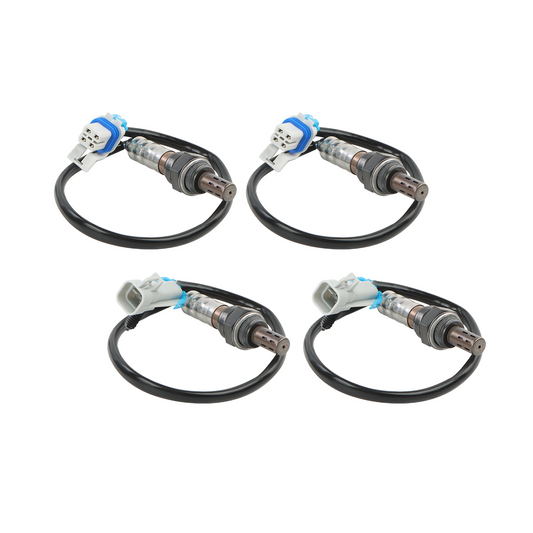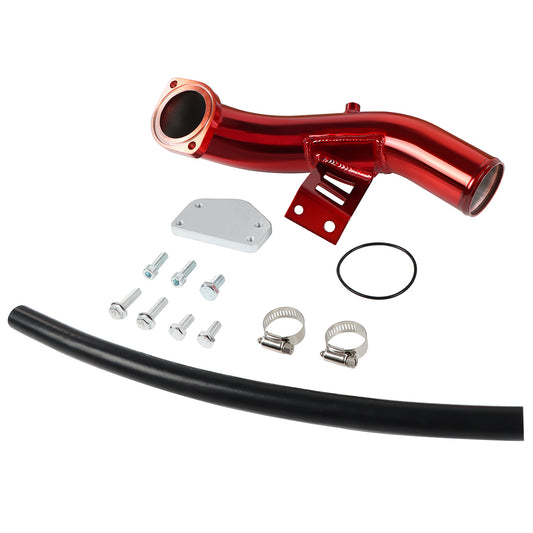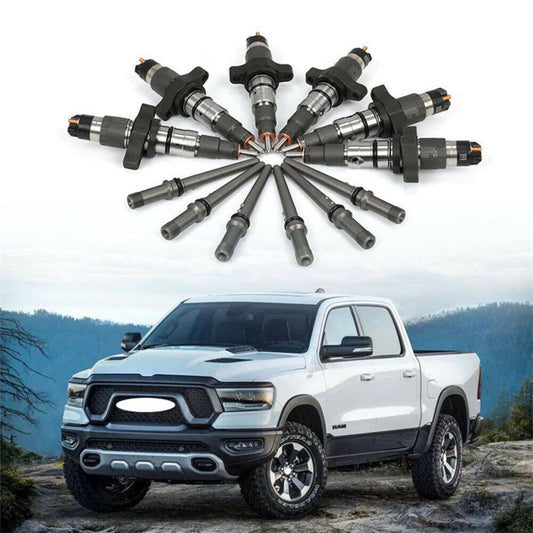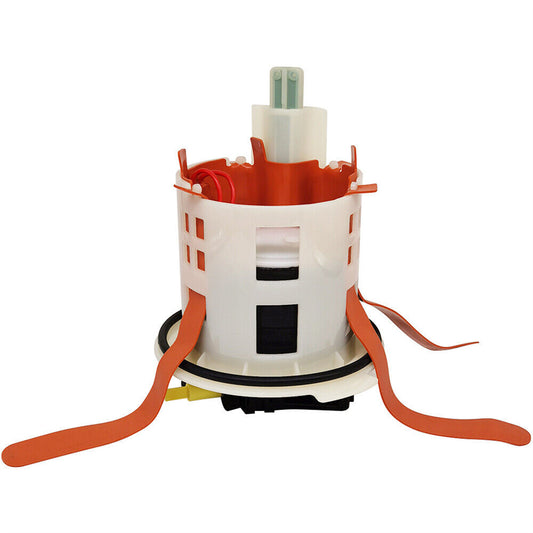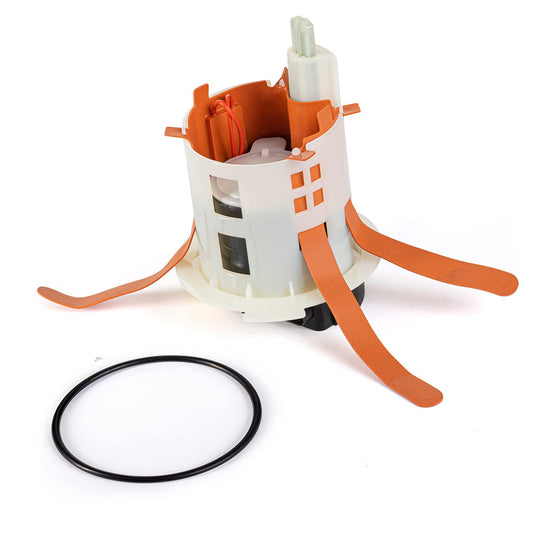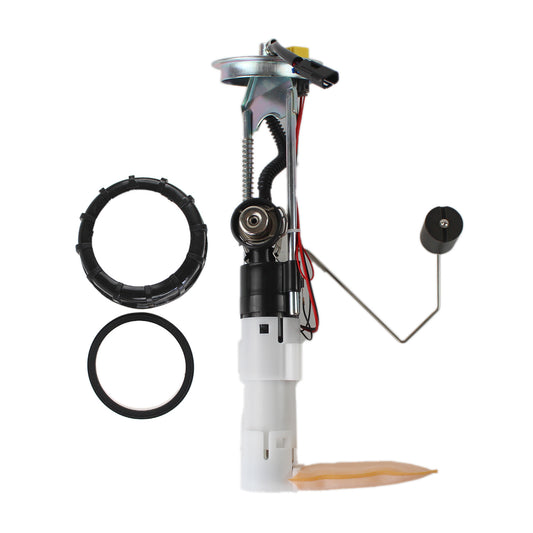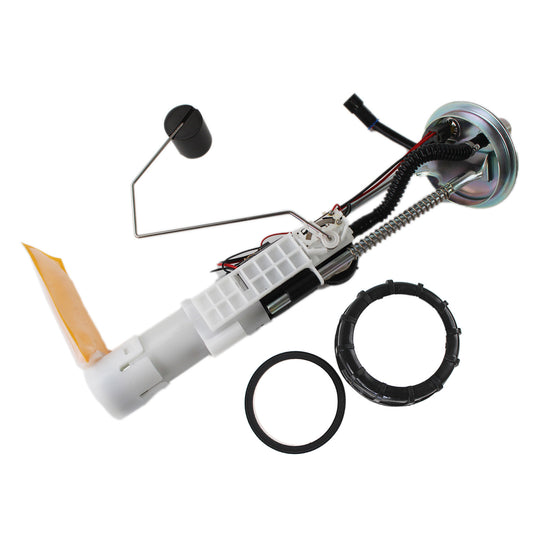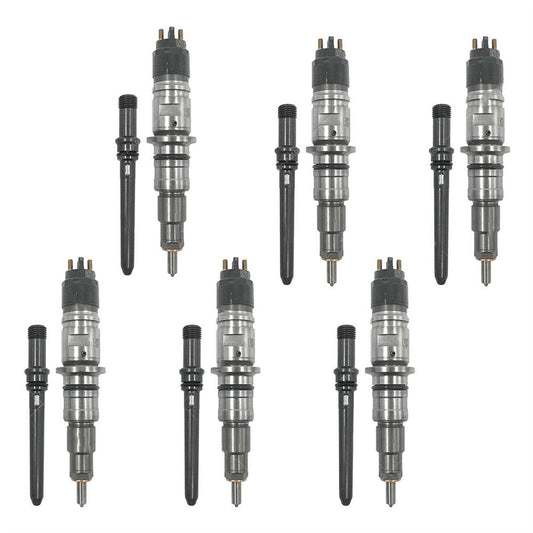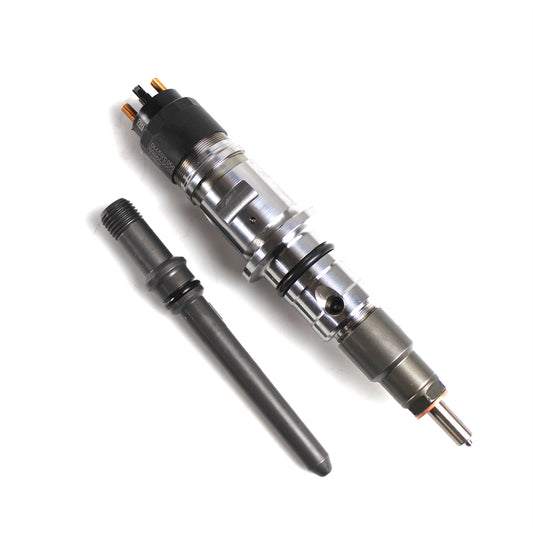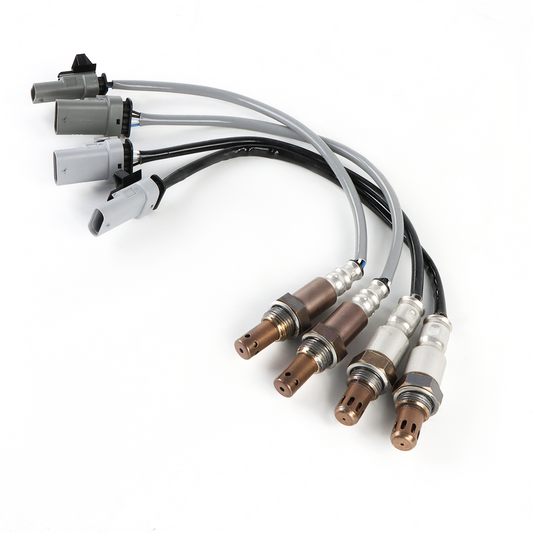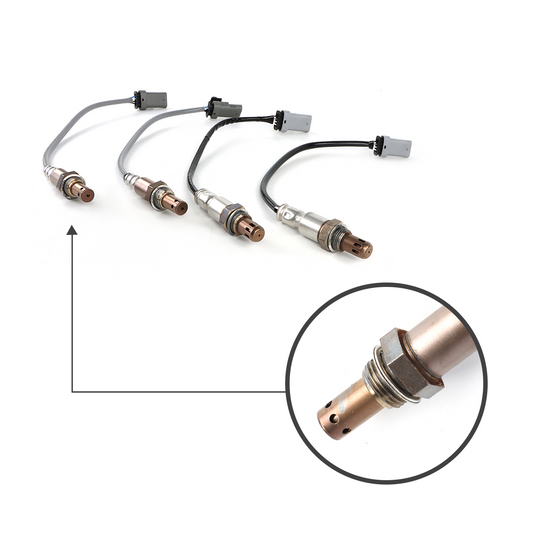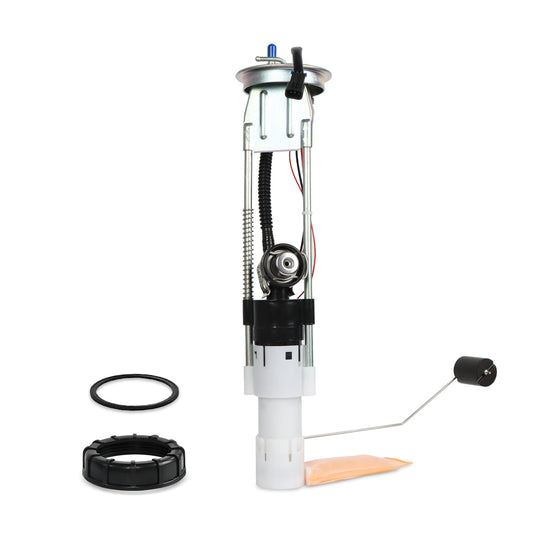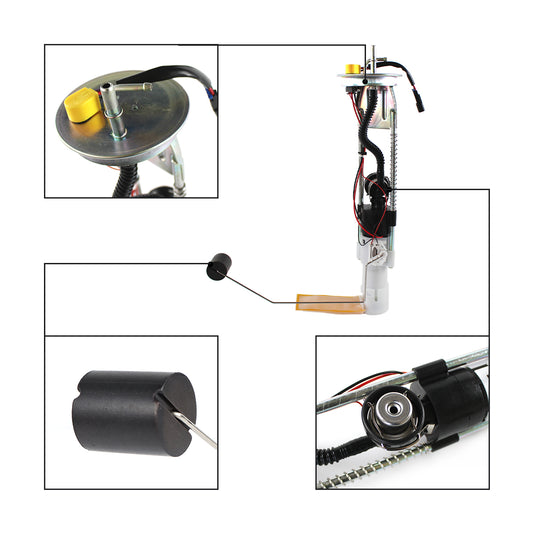Signs of a Failing Fuel Pump in Your Polaris Ranger
As a vital part of the internal combustion engine system, the fuel pump filters the fuel from the tank and draws it into the pump core, then divides it into two ways: One way is to supply the car engine through the pump core outlet, and the other way is to pump the excess fuel back into the tank. In simple words, the fuel pump plays a key role in delivering the right amount of fuel to the engine and ensuring optimal performance and efficiency.
Types of Fuel Pump
There are two main types of fuel pumps: mechanical and electric. Mechanical fuel pumps are typically used in older vehicles, and they are driven by the motion of the engine, either through a camshaft or a pushrod. When the engine turns, the diaphragm of the mechanical pump creates a vacuum that draws fuel from the tank and pushes it into the engine.
Electric fuel pumps, on the other hand, are more common in modern vehicles and are usually located in the fuel tank. These pumps use an electric motor to drive a small impeller that generates pressure and pushes fuel through the fuel line into the engine. Electric fuel pumps usually have a check valve to prevent fuel from flowing back into the tank and a pressure regulator to ensure a steady flow of fuel to the engine.
The Polaris Ranger is designed with the electric type, but it uses a fuel pump assembly that includes not only the electric fuel pump, but also other components such as the fuel filter, pressure regulator, and other necessary parts for proper fuel delivery. In contrast, a fuel pump assembly will provide a more comprehensive and efficient fuel delivery solution than a stand-alone fuel pump because it ensures that all the necessary components are working together correctly. However, the use of fuel pump assemblies varies by model, so confirming your specific model is a top priority.
Featured Models of Polaris Ranger
|
Model |
Year |
|
Polaris Ranger 500 |
2009-2013 |
|
Polaris Ranger 700 |
2008-2009 |
|
Polaris Ranger Crew 500 |
2012-2013 |
|
Polaris Ranger Crew 700 |
2008-2009 |
|
Polaris Ranger XP 700 |
2008 |
|
Polaris Ranger Crew 800 |
2010 |
|
Polaris Ranger Crew 700 |
2008 |
Since fuel pump assemblies exert an important effect on maintaining the health and longevity of your engine, it's crucial to analyze and discern its failure symptoms and take appropriate action once you've identified the specific model of your vehicle.
What are the Failing Fuel Pump Symptoms
Common Failures
The failing fuel pump symptoms in a vehicle are not precisely the same. Here are six of the most common symptoms:
Engine Cranks but Won't Start: Often due to a lack of fuel pressure caused by a failed fuel pump, the engine cranks but won't start.
Loss of Power Under Load: A failing fuel pump may not be able to keep up with the demands of the engine under heavy load, causing a loss of power or hesitation during acceleration.
Sputtering or Stalling: If the fuel pump is not delivering enough fuel to the engine, it can cause sputtering or stalling at high speeds. This can happen suddenly or may occur after prolonged symptoms of fuel delivery problems.
Whining Noise from the Fuel Tank: The failed fuel pump may produce a high-pitched whining noise that can be heard from the fuel tank. This noise is often caused by a worn or damaged fuel pump motor.
Reduced Fuel Economy: If the fuel pump is not delivering enough fuel to the engine, it can cause reduced fuel economy, as the engine may need to work harder to maintain the same level of performance.
Check Engine Light (CEL) On: A failing fuel pump can cause the engine to run lean or rich, resulting in a fault code being registered in the vehicle's onboard diagnostic system, that is the CEL is on.
However, the above failing fuel pump symptoms may be caused by other parts in the fuel system, so it is recommended that you choose a more professional mechanic to help you diagnose them accurately.
Failures of Fuel Pump Polaris Ranger
While the basic function of the fuel pump in the Polaris Ranger models as listed above is the same as any other fuel pump in a vehicle, the specific causes of failure can vary depending on a number of factors, such as:
Age & Mileage: As with any vehicle component, the Fuel Pump Polaris Ranger can wear out over time and with high mileage. This can cause it to fail or operate less efficiently.
Contaminants in the Fuel: The Fuel Pump Polaris Ranger is designed with a fuel filter. So, dirt, debris, and other contaminants in the fuel can cause damage to the fuel pump or clog the fuel filter, leading to reduced fuel flow and eventually a failed fuel pump.
Electrical Issues: The Fuel Pump Polaris Ranger relies on electrical power to operate. If there are problems with the electrical system, such as a faulty relay or wiring issues, it can cause the fuel pump to fail.
Overheating: The Fuel Pump Polaris Ranger can overheat if it is working too hard, such as if the fuel pressure regulator is faulty. Overheating can cause damage to the fuel pump and lead to failure.
Improper Installation: If the Fuel Pump Polaris Ranger is not installed correctly, it can cause issues with fuel delivery and eventual pump failure.
These are just a few examples of factors that can contribute to Fuel Pump Polaris Ranger failures. It's important to have any suspected fuel system issues diagnosed and repaired by a qualified mechanic to ensure proper and safe vehicle operation.

How to Confirm that Your Fuel Pump is Failed
When you suspect that the fuel pump is malfunctioning, you need to confirm. Then, confirming a failed fuel pump can vary based on several ways, including:
Check the Fuel Pump Fuse and Relay: A blown fuse or faulty relay can cause the fuel pump to stop working. Check the fuse box and replace any blown fuses, and swap the fuel pump relay with a known working relay to see if that resolves the issue.
Listen for the Fuel Pump: When you switch the key to the "on" position, you should be able to perceive the fuel pump priming for a few seconds. If there is no audible noise, it could suggest a malfunctioning fuel pump and an issue with the electrical system.
Check the Fuel Pressure: You can use a fuel pressure gauge to check the fuel pressure at the fuel rail or fuel injector. If the pressure is lower than the manufacturer's specification, it could indicate a failed fuel pump or a clogged fuel filter.
Check for Other Symptoms: As mentioned earlier, a failed fuel pump can cause a range of symptoms. If you're experiencing any of these symptoms, it could indicate a failed fuel pump.
Have the Vehicle Inspected by a Qualified Mechanic: If you're not willing to diagnose and repair the issue yourself, it's best to have your vehicle inspected by a qualified mechanic. They can use tools and techniques to accurately diagnose the issue and recommend the necessary repairs.
It's important to address any suspected fuel system issues promptly, as a failed fuel pump can lead to engine damage or other safety issues if not addressed.

In Summary
A failing fuel pump in your Polaris Ranger can cause significant problems and impact the performance of your vehicle. If you notice any of the signs mentioned in this article, such as sputtering or stalling, reduced power or acceleration, or unusual noises coming from the fuel tank, etc., please have your fuel pump checked as soon as possible to avoid any potential issues and keep it running at its best.
Regular maintenance is key to preventing fuel pump failures, such as changing the fuel filter and monitoring the fuel pressure. A Good performance Polaris Ranger's fuel system will not only ensure a longer lifespan for your vehicle but also improve your driving experience and keep you safe on the road.
When your fuel pump has a serious failure and is not working properly through repairs alone, it needs to be replaced. At Daysyore, you can find a trustworthy fuel pump for replacement. While replacement may require a mechanic and its cost is expensive, there are still several ways to reduce the cost, we offer more detailed information on


